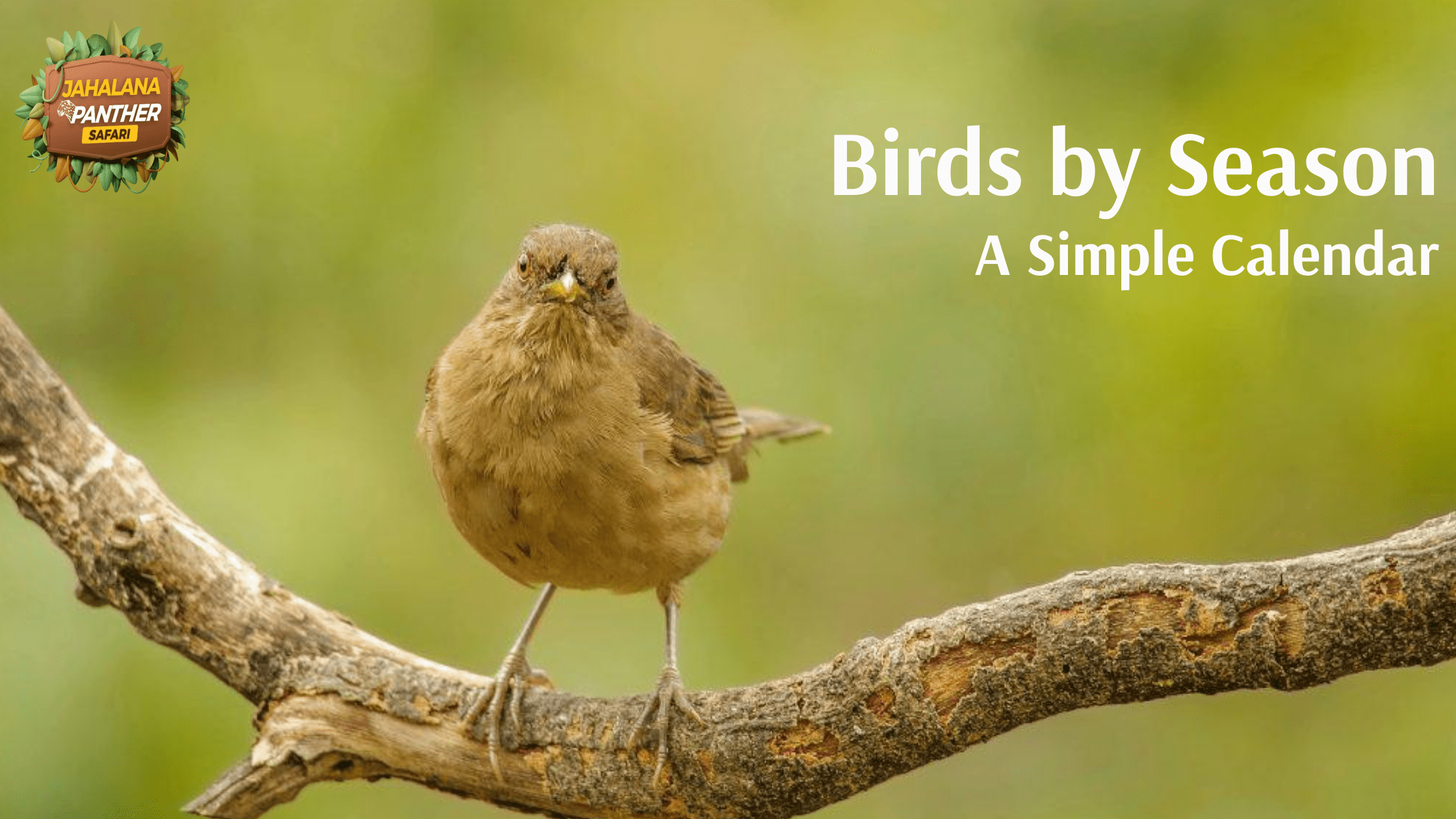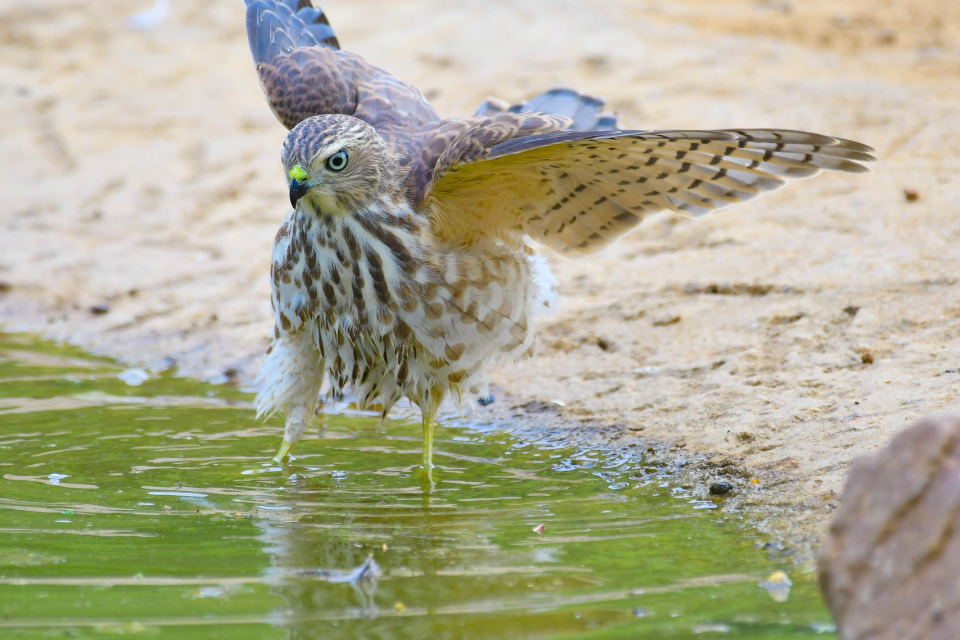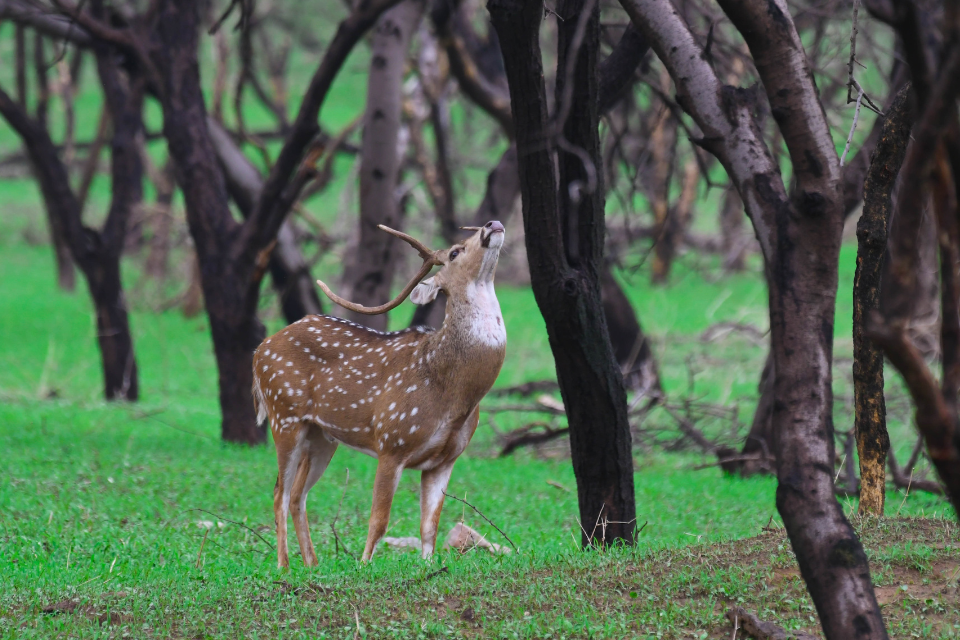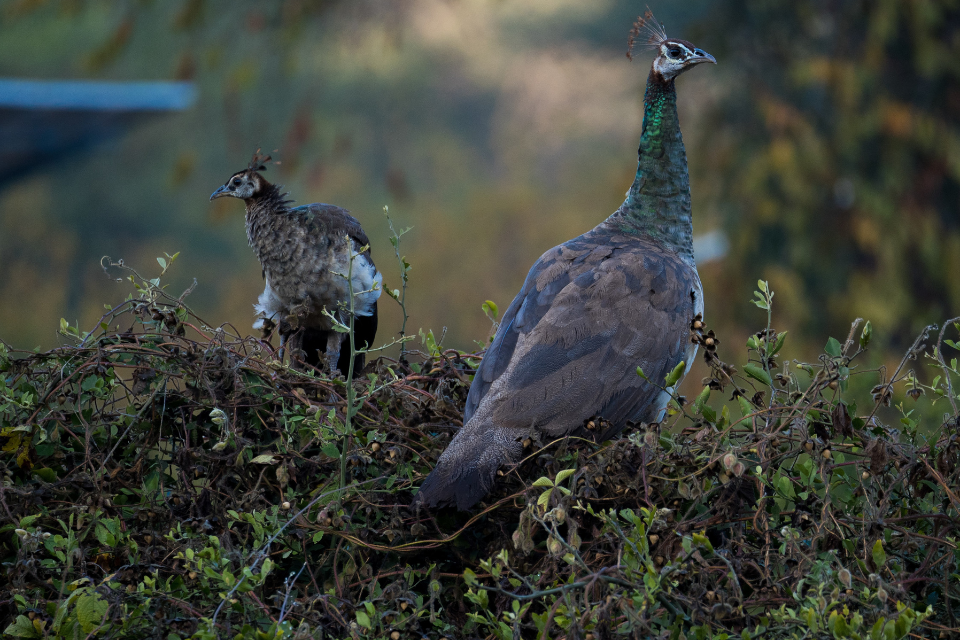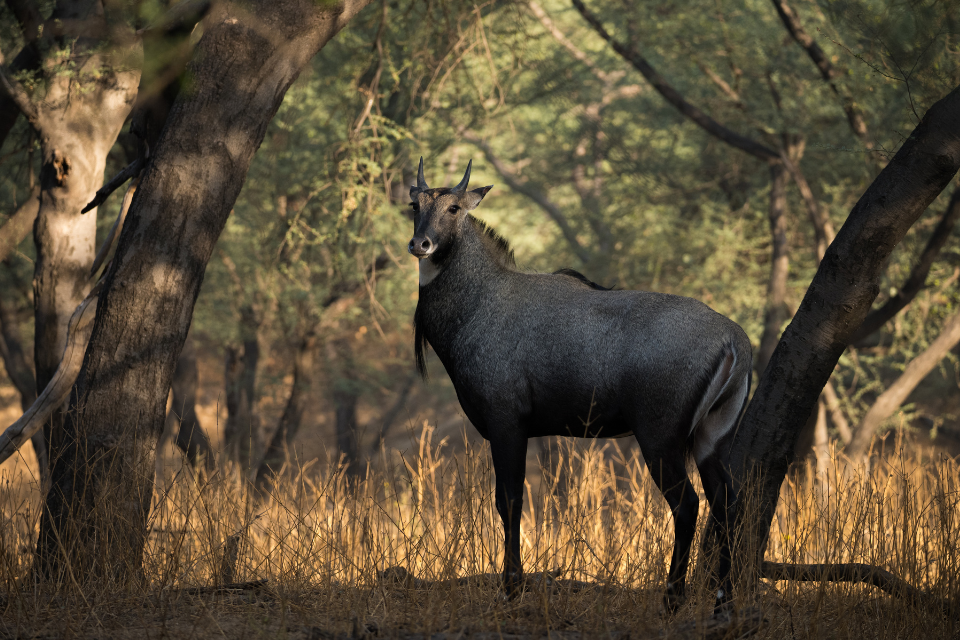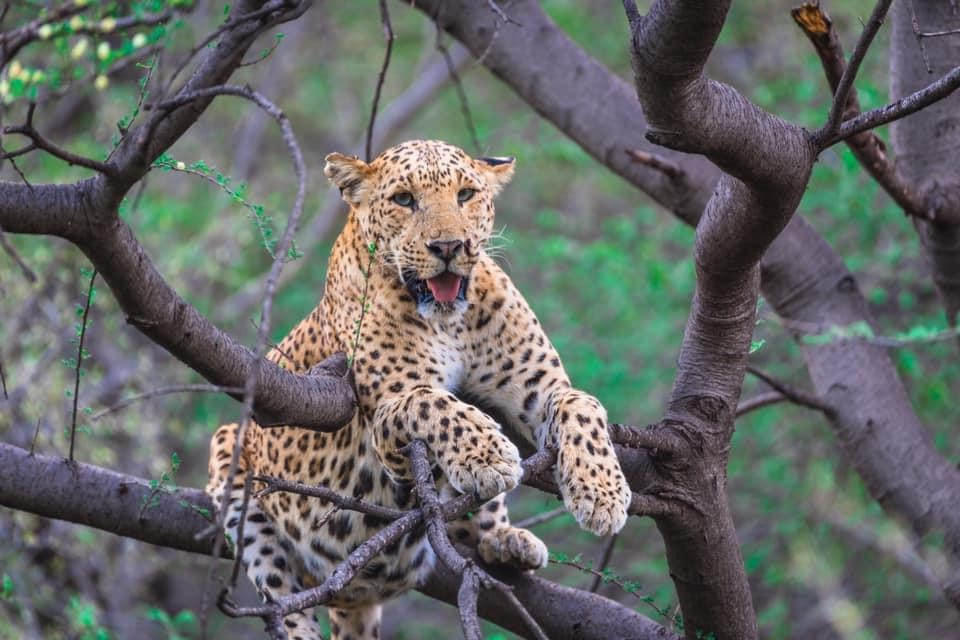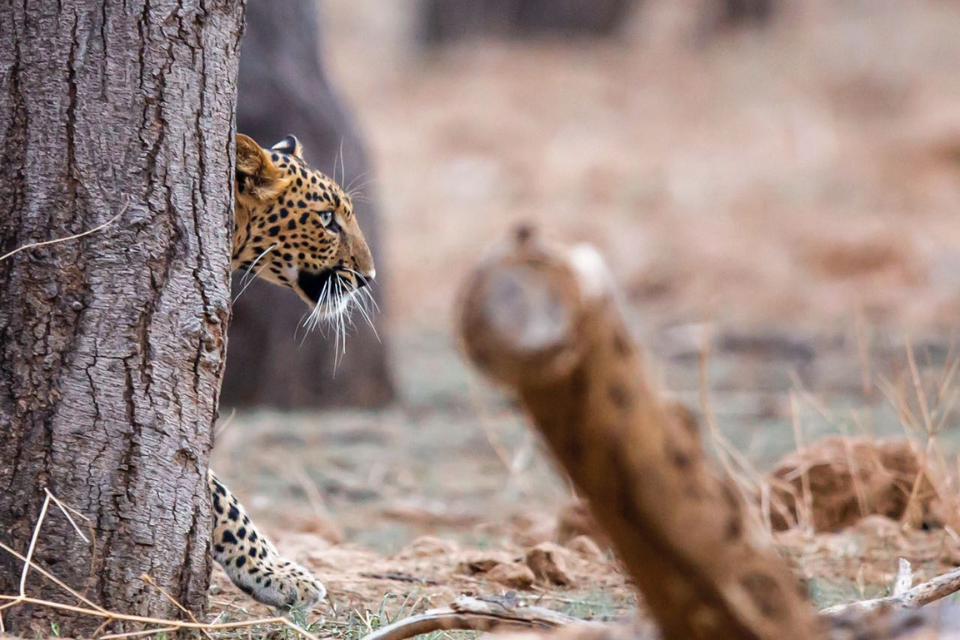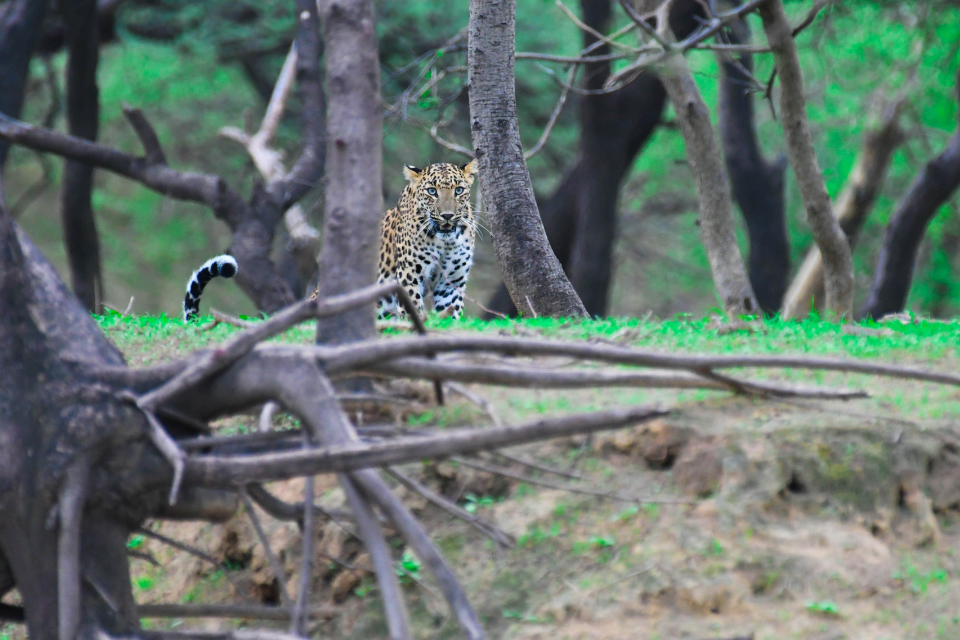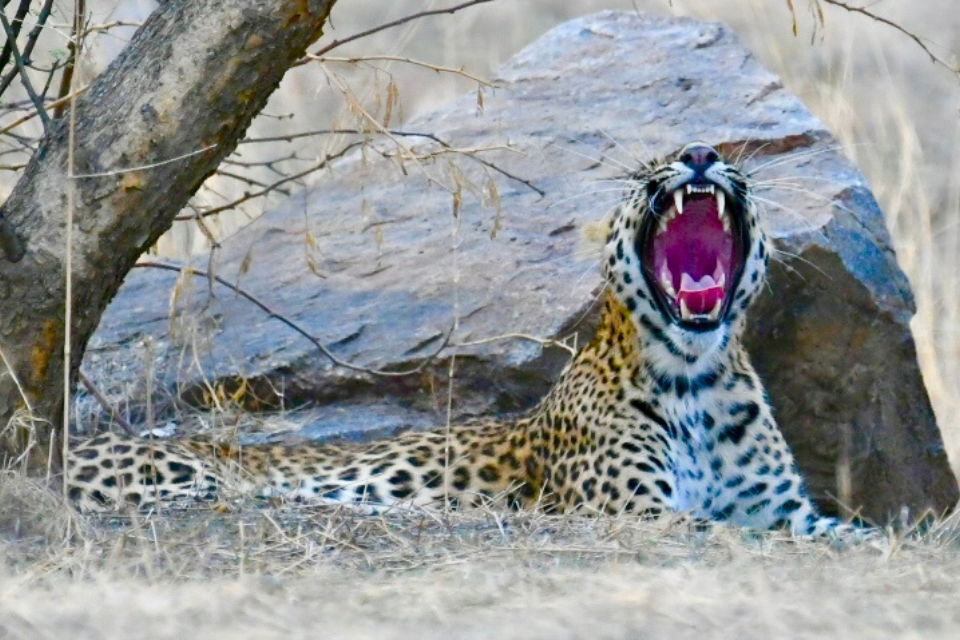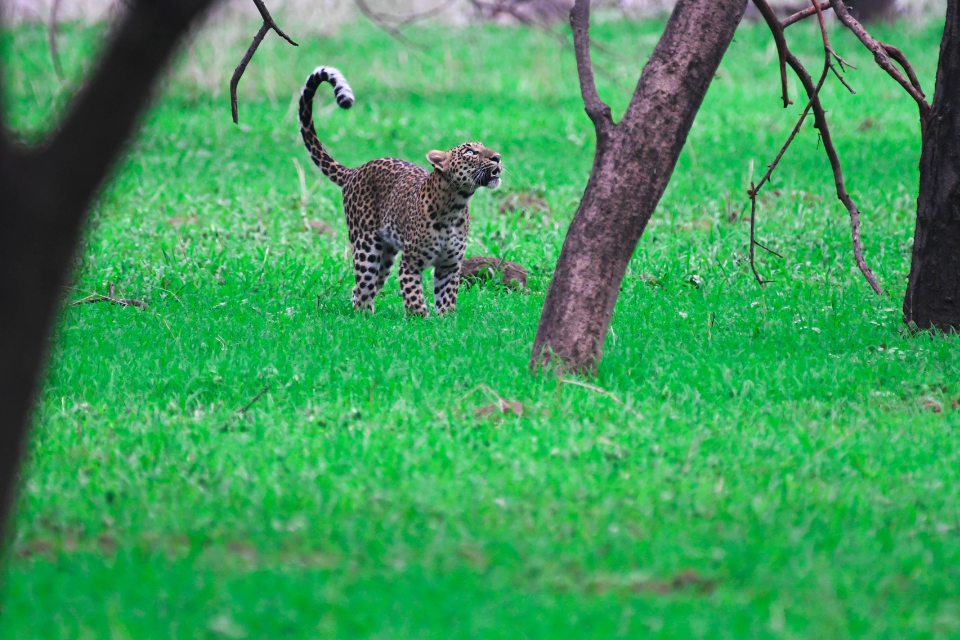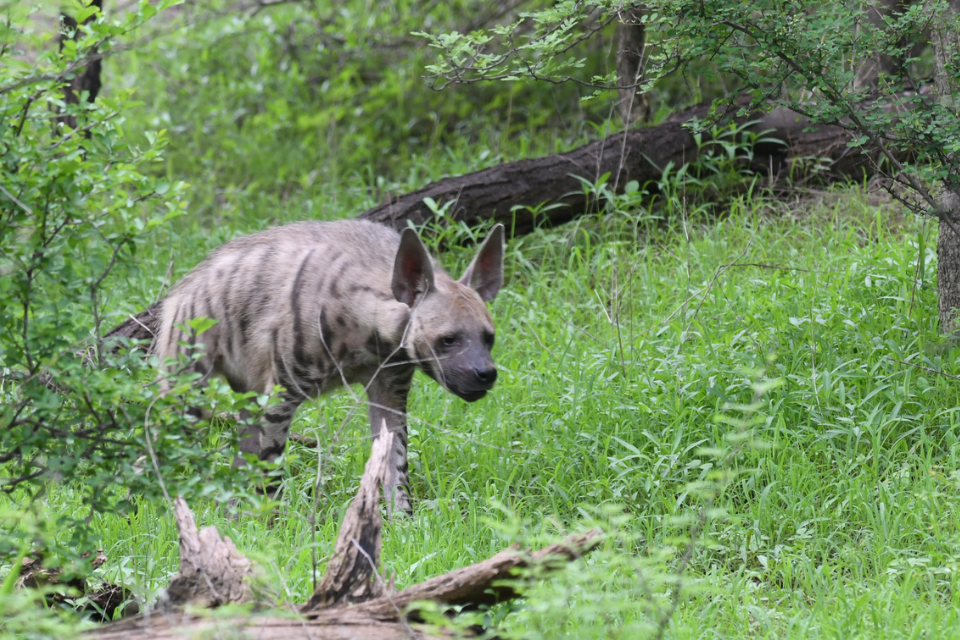- September 4, 2025
Birds by Season: A Simple Calendar
1) Why a Seasonal Bird Calendar Works
Birds are predictable in delightful ways. While any day outside can surprise you, the seasons offer reliable rhythms: winter gathers ducks and finches, spring explodes with songbirds, summer hums with nesting activity, and fall funnels raptors and shorebirds south. A simple calendar helps you plan trips, time backyard projects, and set realistic expectations—so you head out with curiosity and a purpose.
2) How Birds “Tell Time”: Light, Weather & Food
Birds don’t read calendars; they read day length (photoperiod), weather windows, and food pulses.
- Photoperiod: As days lengthen in late winter, hormones shift; birds molt into breeding plumage and begin courtship and song.
- Weather: Warm fronts, tailwinds, and clear skies can trigger mass movement; late cold snaps can stall migrants for a day or two, creating “fallouts.”
- Food: Flowering plants bring insects; coastal mudflats expose invertebrates; seed crops (conifers, birch, grasslands) draw finches and sparrows.
Understanding these cues keeps expectations flexible: you’re following patterns, not promises.
3) Reading This Guide (Northern vs. Southern Hemisphere)
This calendar uses the Northern Hemisphere temperate zones as a baseline (North America, Europe, much of East Asia). If you’re in the Southern Hemisphere, flip the seasons: your spring roughly equals March–May in the north, but arrives around September–November; your fall parallels March–May. Tropical regions still have seasonality—often tied to wet/dry cycles rather than temperature—so time your outings around rainy-season insect booms and post-rain clear spells.
4) Spring: The Color Parade (March–May)
What to expect:
- Early spring: Waterfowl and geese stage on lakes; early raptors cruise ridgelines; woodpeckers drum; blackbirds return to marshes.
- Mid-spring: Warblers, vireos, flycatchers, and tanagers pour through, often overnight. Coastal thickets and city parks can be electric at dawn.
- Late spring: Shorebirds peak on mudflats; local breeders defend territories; dawn chorus reaches a joyful, noisy high.
Where to look:
- Tree lines along rivers, city parks, and windbreaks; south-facing edges warm first and draw insects.
- Night-migrant traps: peninsulas, lake edges, and urban “green islands.”
- Shallow wetlands for sandpipers and plovers.
Pro tips:
- Hit spots right after a warm front with south winds.
- Learn a handful of warbler songs; you’ll find twice as much.
- Keep binoculars low and scanning; leaves fill fast—sound will lead you to motion.
5) Summer: Nests, Song, and Young Birds (June–August)
What to expect:
- Birds are breeding—less migration, more local discovery. You’ll hear structured dawn song, see nest building, and later, clumsy fledglings begging for food.
- Shorebird “southbound” migration quietly begins by late July, especially among adults finished with nesting.
- Heat slows midday activity; mornings and evenings are magic.
Where to look:
- Meadows and hedgerows for buntings, larks, and shrikes.
- Mixed woodland edges for wrens, tits/chickadees, and thrushes.
- Coastal flats for early shorebird waves, particularly at falling tides.
Pro tips:
- Watch behavior: carrying food = nest nearby; wing-fluttering youngsters = family groups.
- Respect distance; nesting season is the time to be extra mindful of disturbance.
Bring insect repellent and water; quiet patience pays off as parents make predictable foraging rounds.
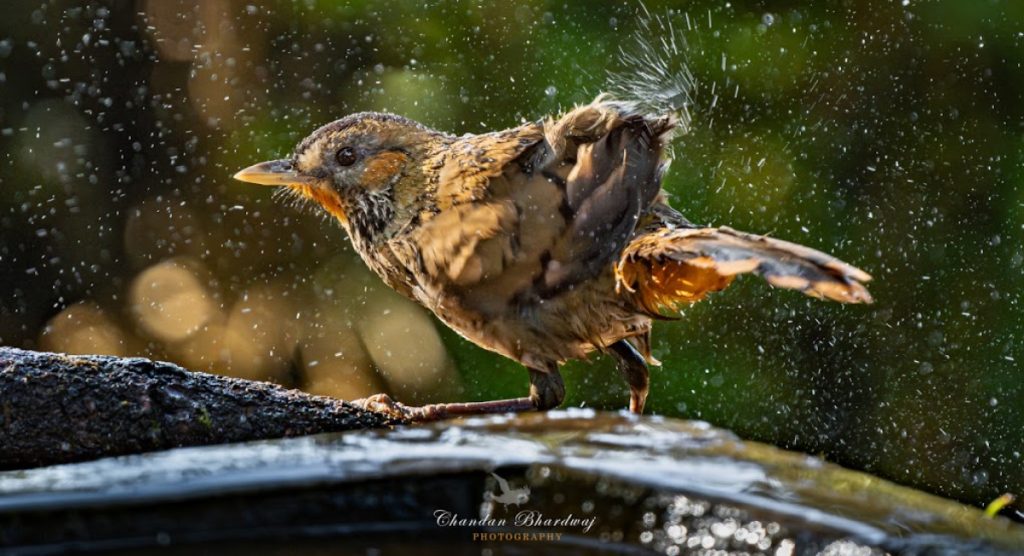
6) Fall: Migration Highways in the Sky (September–November)
What to expect:
- Hawk watches ramp up—northwest winds after a cold front produce classic migration days with kettles of broad-wings or buzzards.
- Songbirds move in waves, often quieter and browner than spring (juveniles!). Sparrows, pipits, and thrushes headline October.
- Seabirding improves with onshore winds; storms can push unusual species into bays.
- Waterfowl return steadily through late fall.
Where to look:
- Ridges and capes that “funnel” migrants: birds follow terrain and shorelines.
- Weedy fields and hedgerows for sparrows and buntings.
- Estuaries for dabbling ducks, grebes, and loons/divers.
Pro tips:
- Learn juvenile plumages and a few “chip notes.”
- Use a recording app for nocturnal flight calls if that interests you—then visit nearby patches at dawn to see who landed.
- After fronts, check lee sides of woodlots where birds rest from wind.
7) Winter: Quiet Mornings, Big Flocks (December–February)
What to expect:
- Concentrations of ducks, geese, and swans on ice-free water.
- Finches (crossbills, siskins, redpolls) move with seed crops; some winters boom, others go quiet.
- Owls and raptors hunt open fields; short days make crepuscular species easier to catch at the edges of light.
- Backyard feeders become community hubs.
Where to look:
- Rivers below dams, coastal inlets, and power-plant outflows that prevent freezing.
- Grain stubble, hedges, and berry bushes on sunny afternoons.
- Quiet trails on windless days—song returns in little bursts when the sun warms branches.
Pro tips:
- Dress for success: warm boots, hand warmers, and windproof layers mean you’ll stay longer and see more.
- Scan mixed flocks carefully; one unusual gull or duck can anchor an entire day’s excitement.
- Keep an eye on weather—they’ll bunch up ahead of storms and feed actively after.
8) Month-by-Month Snapshot (January–December)
- January: Peak waterfowl counts; gull identification practice at harbors; resident woodpeckers start drumming on mild days.
- February: Owls vocalize; finches hit feeders; first skylarks or bluebirds may sing in southern regions on sunny afternoons.
- March: Geese and cranes migrate; blackbirds flood marshes; early raptors drift north on thermals.
- April: Wave one of warblers and swallows; shorebird trickle begins; dawn chorus grows daily.
- May: Prime songbird migration; many species in fresh plumage; late-month brings sandpipers and terns to coasts.
- June: Breeding season in full swing; nestlings appear; listen for quieter contact calls as singing tapers.
- July: Post-breeding dispersal; adults molt and skulk; southbound shorebirds (adults first) make strong showings.
- August: Mixed warbler flocks return south; swifts and martins gather in swirling roosts; seabirding pops on windy days.
- September: Hawk watches peak in many areas; sparrows and thrushes move; first northern ducks arrive.
- October: Sparrows, kinglets, and crests; late warblers in drabber tones; strong loon/diver movements on big lakes.
- November: Waterfowl crescendo; late raptors migrate; finches roam; short daylight compresses activity into golden hours.
December: Settle into winter routines; feeder diversity stabilizes; special surprises after snowfalls when birds concentrate at edges.
9) Backyard Calendar: Simple Changes with Big Payoff
- Winter: Offer high-energy foods—black oil sunflower, suet, peanuts. Provide unfrozen water with a heater or frequent refills. Place feeders near cover (but not right against it) to give birds escape routes.
- Spring: Add fresh water (a dripper or shallow pan) to catch migrants that won’t take seed. Plant native shrubs that leaf out early and host caterpillars. Clean nest boxes.
- Summer: Switch some feeders to fruit and mealworms. Keep baths clean and shallow (2–5 cm). Avoid trimming hedges while nests are active.
- Fall: Leave seed heads on coneflowers and grasses; let leaf litter lie under shrubs for insects birds need. Add safflower or nyjer as finches arrive.
Year-round upgrades:
- Native plants = natural bird feeders.
- Layered habitat (trees, shrubs, meadowy patches) supports more species.
- Windowsafe decals or screens reduce collisions during migration.
10) Quick ID & Photography Tips by Season
Spring ID: Bright plumage helps. Learn 10 core warbler songs; scan mid-canopy edges in morning sun.
Summer ID: Behavior is king—look for food carries, alarm chips, and tail flicks.
Fall ID: Expect juveniles and muted colors; focus on face patterns, wingbars, and tail lengths; listen for soft contact notes.
Winter ID: Practice silhouettes and flock structure; ducks and gulls are a rewarding challenge with field marks like head shape and bill color.
Photography tips:
- Spring: Fast shutter (1/1000s) for active songbirds; backlight can glow through fresh leaves.
- Summer: Early/late light for heat haze; ethical distance from nests (no flushing).
- Fall: Overcast = saturated color; try panning for swallow flocks.
- Winter: Expose to the right on snow; watch for breath clouds and rim-light at dawn.
11) Birding Ethically and Safely
- Respect space: If a bird changes behavior—alarm calls, tail flicking, head-bobbing—you’re too close.
- Avoid playback where it may stress breeding or rare species; if used, limit duration and volume, and know local guidance.
- Mind the habitat: Stay on trails, especially in dunes, marsh edges, and fragile grasslands.
- Share the joy: Help new birders find a species rather than crowd it. Report sensitive nesting locations discreetly.
12) FAQs
Q1: What’s the single best month for beginners?
May (or your local spring peak) is wonderfully rewarding—lots of species, vivid colors, and active song. If that’s not possible, September–October offers steady migration and cooler, comfortable birding.
Q2: How do I find exact local peak dates?
Check local bird clubs or community sightings platforms and look for weekly bar charts. They visualize when each species is most likely through the year. Then plan your outings around those peaks.
Q3: Are backyard feeders necessary to see birds?
No—but feeders concentrate common species for easy viewing. Pair them with native plants and a clean water source to attract migrants that don’t eat seed.
Q4: What weather makes for the best migration days?
In spring, warm southerlies followed by clear skies can deliver waves. In fall, a cold front with northwest winds (Northern Hemisphere) is classic for hawks and crisp morning flight.
Q5: I’m new to identification—where should I start?
Begin with size & shape (sparrow vs. thrush vs. hawk), then behavior (how it moves), habitat, and only then color. Add a dozen common calls over time; your skills will leap.
Q6: Is winter boring?
Hardly. Winter offers superb waterfowl, approachable raptors, and great photography light. Short days compress bird activity into the best hours.
Q7: How can kids or seniors enjoy birding comfortably?
Pick flat, short trails with benches, go out during the first two hours after sunrise, and bring warm drinks in cold months. A lightweight stool transforms long waits into cozy watching.
Q8: Do I need expensive gear?
A decent pair of 8×42 binoculars and a pocket field guide (or an offline app) are enough. Cameras are optional; focus on observing first.
13) Wrap-Up
Birding by season is like reading a favorite book four ways. Winter’s quiet teaches patience; spring rewards early alarms with color and song; summer reveals the hidden theater of nesting; fall turns the sky into a living map. Use this calendar as a friendly guide, not a rigid schedule, and you’ll start recognizing the cues—the wind shift, the first sparrow chip, the way a lake fills with ducks overnight—that tell you what chapter you’re in.
Disclaimer All images used in this blog are either sourced from public domain or credited to their respective owners. If you are the copyright holder of any image and wish to request its removal or proper attribution, please contact us at [email protected]
